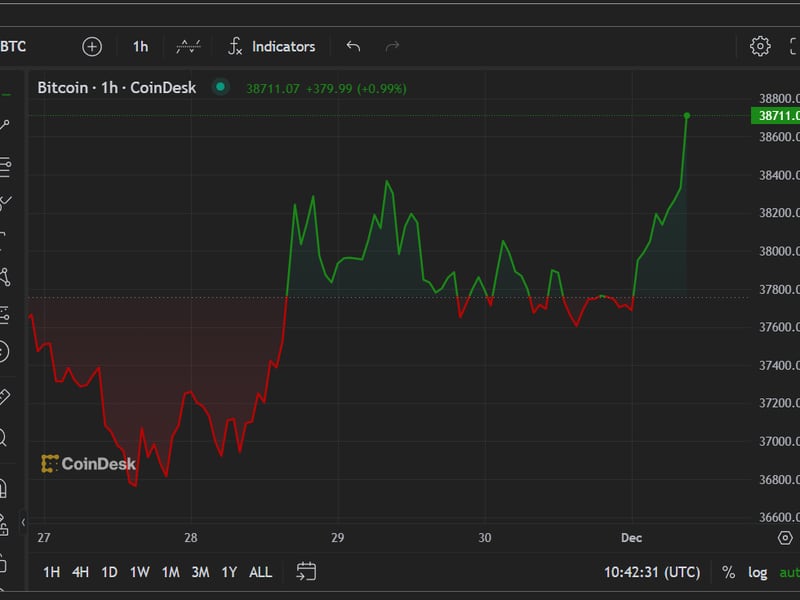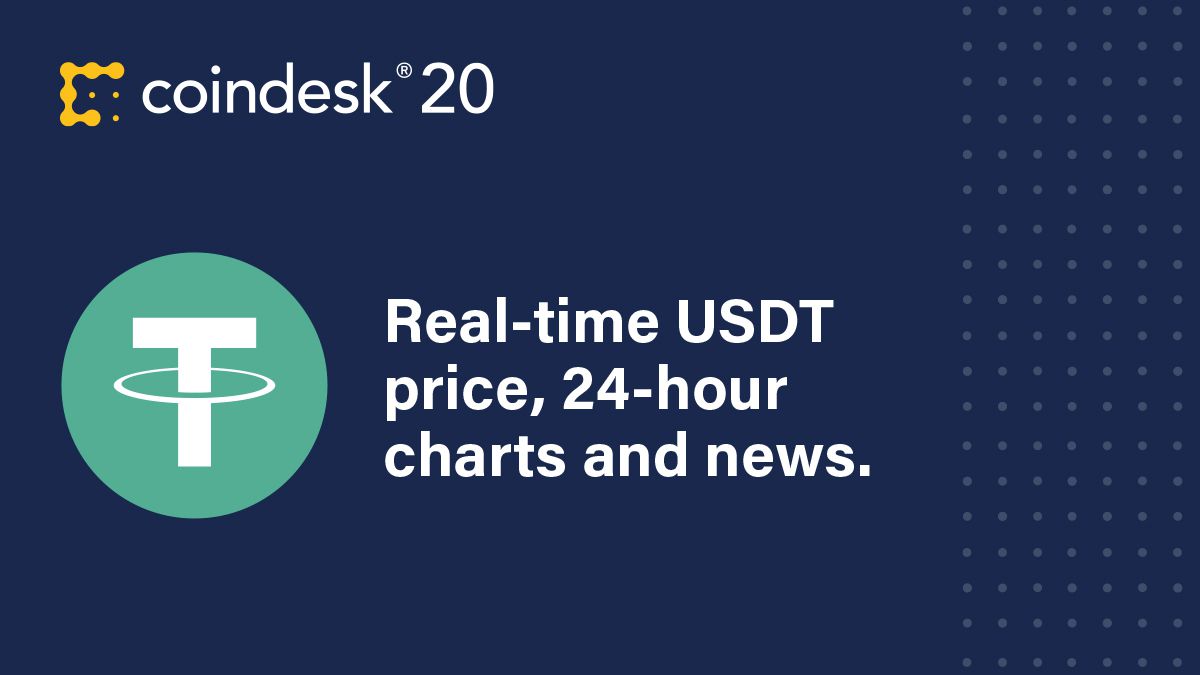Stellar Proposes Changes Allowing Exchanges to Better Enforce Regulations
The Stellar community is gearing up to vote on a raft of new network updates that will give exchanges greater control over how digital assets are traded on-chain.
In a vote planned for later this week, anyone running a Stellar node will be able to decide on whether to pass a series of proposed updates – known collectively as “Protocol 13” – that will create a new authorization function for entities, such as exchanges, to enforce local regulations.
“Often, issuers of regulated assets want customers to be able to trade their assets, but they also need to exert a high level of control over who can hold them, how much they can hold and under what conditions they can sell or buy more,” reads a post from the Stellar Development Foundation (SDF), which developed and formally proposed the protocol update earlier this year.
Known as “fine-grained control,” the new update means entities such as exchanges can set specific conditions for each and every digital asset traded on their order books. While Stellar already allows entities to prevent an account from purchasing a particular asset, the way it works presently is it also cancels any existing otherwise legitimate orders that account may have already made but haven’t been settled.
“Protocol 13 introduces a new flag that allows you to revoke authorization while maintaining orders on the books, which makes it easier to tokenize regulated assets like securities,” reads the post:
“With fine-grained asset control, an issuer of a regulated asset can set the asset to require the new kind of authorization … and when a user wants to make a payment or new offer, the issuer can check to see if it’s allowed given regulation.”
The update might make it easier for security tokens to operate in the U.S.
Stellar-based exchanges can already block investors from prohibited countries, such as Iran or North Korea, but they could now fulfill other regulatory requirements. An exchange could prevent an investor from purchasing more than 5% of a company’s total stock until the investor filed a Schedule 13(D) Disclosure with the Securities and Exchange Commission (SEC).
Other aspects of Protocol 13 are designed to make operating an exchange easier and more flexible. A new “multiplexed account” will allow custodial services to create sub-accounts for their clients, allowing them to separate out and distinguish balances when all are held in a single address.
There will also be a new “fee bump” function, which is designed to enable businesses to quickly cover their user’s transaction fees as well as increase fees on low-value payments so they can settle during periods of high network activity.
The protocol upgrade comes a few months after SDF made an investment, then worth $715,000, into DSTOQ – a smartphone-based trading app. In April, a German company called Wevest, which focuses on providing financing for small businesses, announced it would use Stellar to build a platform for security token offerings (STOs).
Just this week, Mauritius released a regulatory framework for security tokens for businesses interested in setting up a legitimate STO platform or security token trading system on the island.
CoinDesk reached out to SDF for comment and had not received a response at press time.
Disclosure
The leader in blockchain news, CoinDesk is a media outlet that strives for the highest journalistic standards and abides by a strict set of editorial policies. CoinDesk is an independent operating subsidiary of Digital Currency Group, which invests in cryptocurrencies and blockchain startups.









